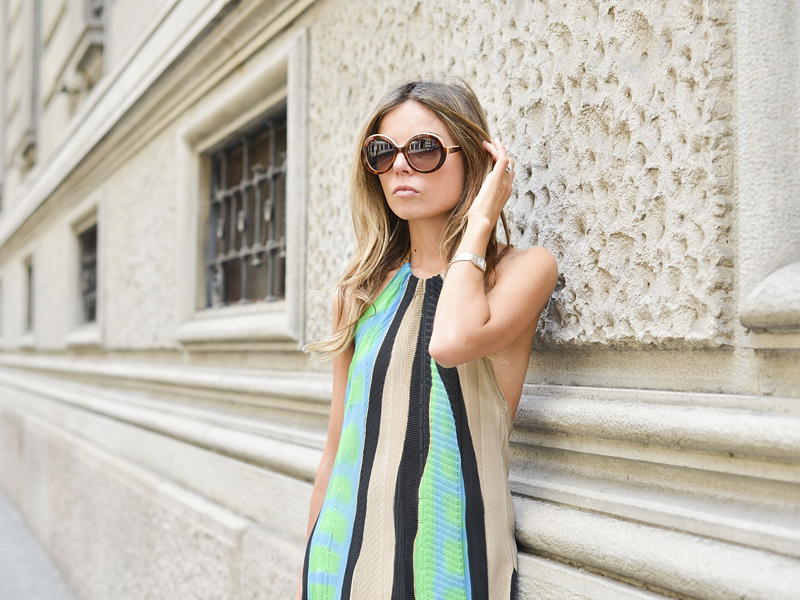Sunglasses have become a ubiquitous fashion accessory, not only for protecting the eyes from the harmful rays of the sun but also for adding a touch of glamour to any outfit. However, their origins are rooted in practicality rather than style.
The earliest recorded use of sunglasses dates back to ancient China, where court judges would wear flat panels of smoky quartz to shield their eyes from glare. Similarly, the Inuit people in the Arctic would wear flattened walrus ivory with narrow slits to protect their eyes from snow blindness.
In the early 20th century, sunglasses became popular among pilots and military personnel. Ray-Ban, a company founded in 1937, created the Aviator model, which featured large, dark lenses and a thin metal frame, specifically designed to reduce glare for pilots. This style became a fashion statement and was adopted by celebrities such as Audrey Hepburn and James Dean in the 1950s.
The 1960s saw the rise of the oversized sunglasses, popularized by Jackie Kennedy Onassis. These glasses featured large lenses and thick frames, often in bold colors or patterns. This trend continued into the 1970s with the introduction of mirrored lenses and wraparound styles.

In the 1980s, sunglasses became even more prominent in pop culture with the introduction of the Wayfarer model by Ray-Ban. These sunglasses had a bold, plastic frame and came in a variety of colors. They were worn by musicians such as Michael Jackson and Madonna, as well as in movies such as The Blues Brothers.
In the 1990s, sunglasses trends shifted towards smaller, minimalist designs, such as the tiny sunglasses famously worn by supermodels like Kate Moss. In recent years, there has been a resurgence of oversized and retro styles, as well as the introduction of new technology, such as polarized lenses for reducing glare and blue light-blocking lenses for reducing eye strain from digital devices.
When it comes to finding the perfect pair of sunglasses, there are several factors to consider. Firstly, the shape of the frame should complement the shape of the face. Round faces tend to look best with angular frames, while square faces look best with rounder frames. Secondly, the color of the lenses can affect how much light is filtered, with darker lenses being better for bright conditions and lighter lenses for cloudy days. Finally, the quality of the materials used in the frame and lenses should be considered, as well as any additional features such as UV protection and scratch resistance.
Sunglasses have come a long way from their humble beginnings as a practical tool for reducing glare. They have evolved into a fashion accessory that reflects the trends and styles of the times. With so many options available, it is important to find the right pair that not only looks great but also provides the necessary protection for the eyes.






